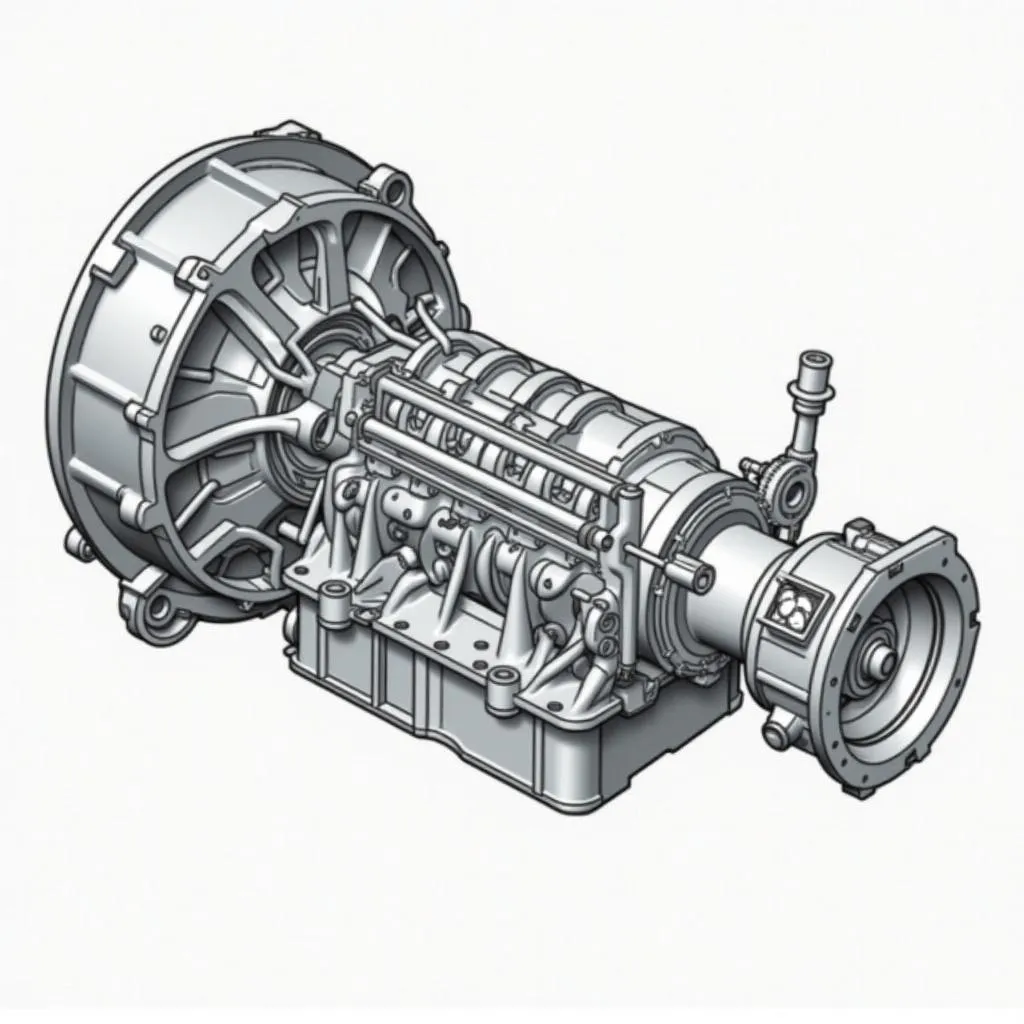Your cart is currently empty!

OBD2 Port Speedometer: Understanding the Connection
The OBD2 port, a staple in modern vehicles, offers a wealth of information about your car’s performance, including speed data. But how does an “Obd2 Port Speedometer” actually work? This article dives deep into the relationship between your car’s OBD2 port and its speedometer, exploring the technology that allows you to access real-time speed readings and other valuable data.
Unraveling the OBD2 Port’s Capabilities
Your car’s OBD2 port, often located under the dashboard on the driver’s side, serves as a diagnostic gateway. It grants access to a network of electronic control units (ECUs) that manage various systems within your vehicle, including the engine, transmission, and even the speedometer.
 Car OBD2 Port Location
Car OBD2 Port Location
Through this port, an OBD2 scanner can communicate with these ECUs, retrieving real-time data streams that provide insights into your car’s health and performance. This data includes diagnostic trouble codes (DTCs), engine RPM, coolant temperature, and importantly for our topic, vehicle speed.
How the OBD2 Port Relates to Your Speedometer
Contrary to what some might believe, the OBD2 port doesn’t directly control your car’s speedometer. The speedometer itself relies on a sensor, usually located in the transmission, that measures the rotational speed of the wheels. This information is then transmitted to the instrument cluster, where it’s displayed as your current speed.
 Vehicle Speed Sensor in Transmission
Vehicle Speed Sensor in Transmission
The OBD2 port enters the picture by providing an alternative avenue to access this speed data. When you connect an OBD2 scanner, it can tap into the data stream from the vehicle speed sensor, effectively mirroring the information being sent to your traditional speedometer.
Advantages of Using an OBD2 Port for Speed Readings
While your car’s built-in speedometer serves its purpose, leveraging the OBD2 port for speed monitoring offers distinct advantages:
- Enhanced Accuracy: OBD2 scanners often provide more precise speed readings compared to the inherent margin of error present in traditional analog speedometers.
- Digital Display: Many OBD2 scanners, particularly Bluetooth-enabled ones that connect to your smartphone, present speed readings in a clear, digital format. This eliminates the ambiguity of reading needle positions on an analog gauge.
- Data Logging: OBD2 scanners can record speed data over time, allowing you to analyze driving patterns, track mileage, or monitor vehicle performance. This proves valuable for fleet management, driver behavior analysis, and even personal performance tracking.
 OBD2 Scanner Smartphone Connection
OBD2 Scanner Smartphone Connection
Applications of OBD2 Speed Data
Accessing speed data through the OBD2 port opens up various possibilities:
- Performance Monitoring: Car enthusiasts and racers can utilize OBD2 speed data to precisely track acceleration times, top speed, and other performance metrics.
- Fuel Efficiency Analysis: By monitoring speed alongside other engine parameters, drivers can identify driving habits that impact fuel consumption and make adjustments for better fuel efficiency.
- Driver Safety: OBD2 speed data can be integrated with telematics systems to monitor driver behavior, enforce speed limits, and encourage safer driving practices, particularly for young or commercial drivers.
Conclusion
The OBD2 port has revolutionized how we interact with our vehicles. While not directly controlling the speedometer, it provides a powerful gateway to access and utilize crucial vehicle data, including real-time speed readings. Whether for enhanced accuracy, data logging, or integration with other systems, the “obd2 port speedometer” connection opens doors for improved vehicle monitoring, performance analysis, and driver safety.

Leave a Reply